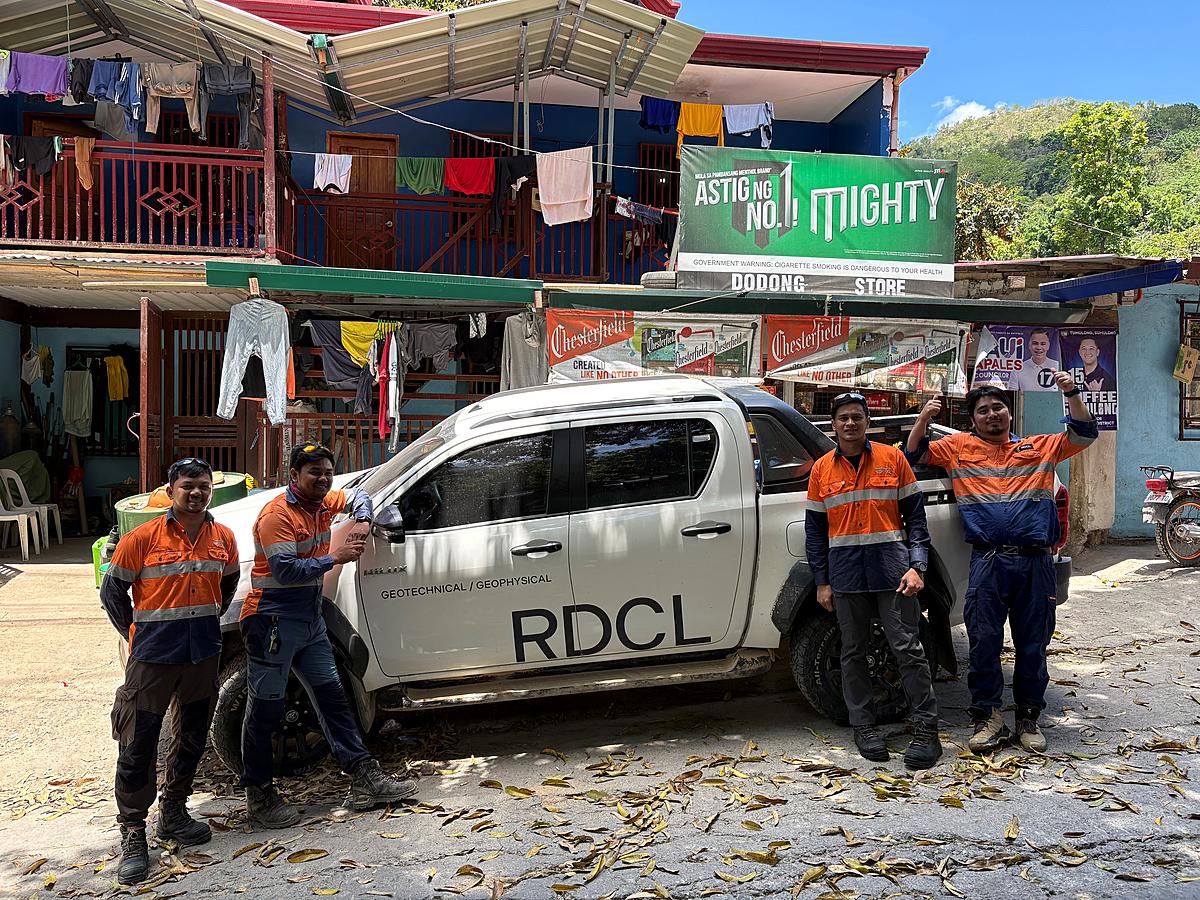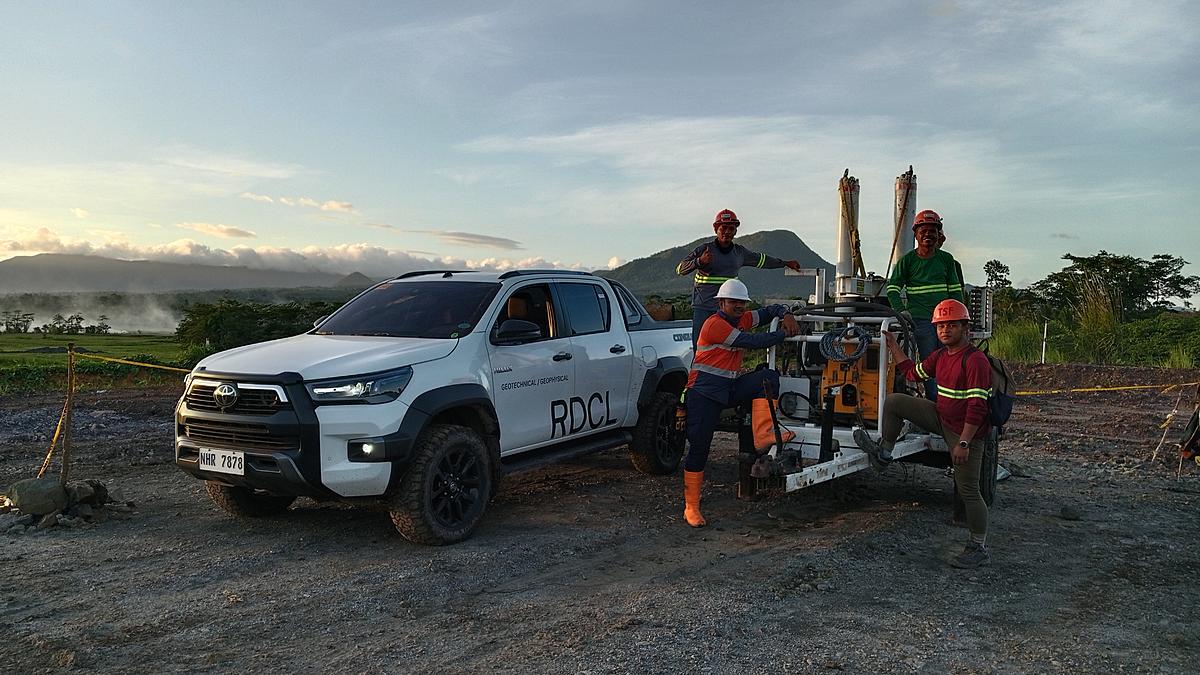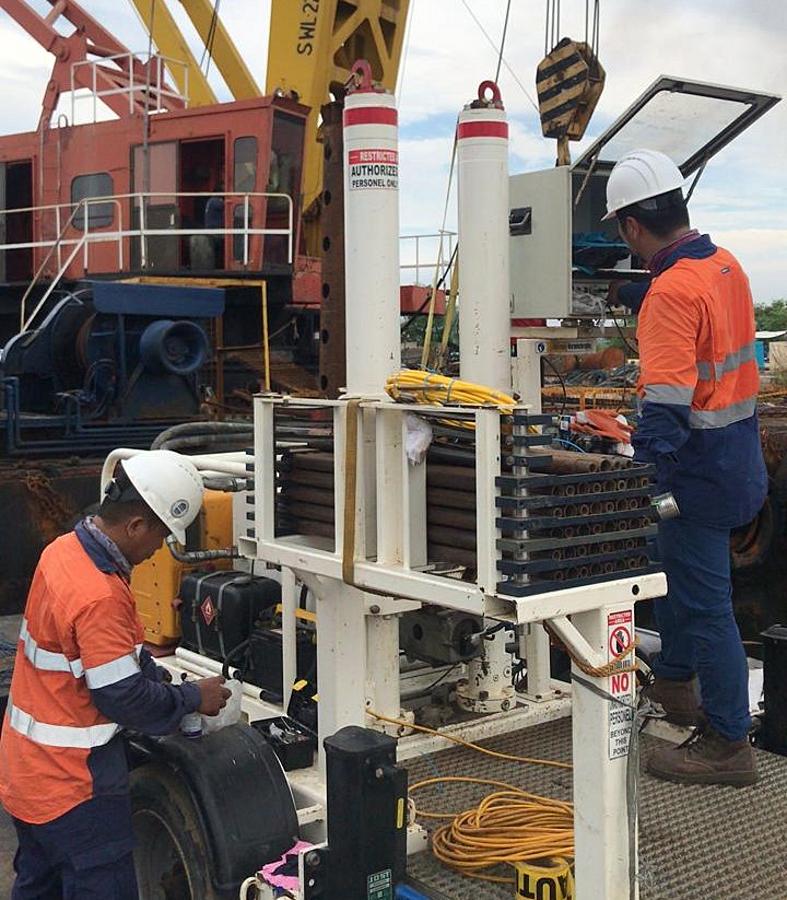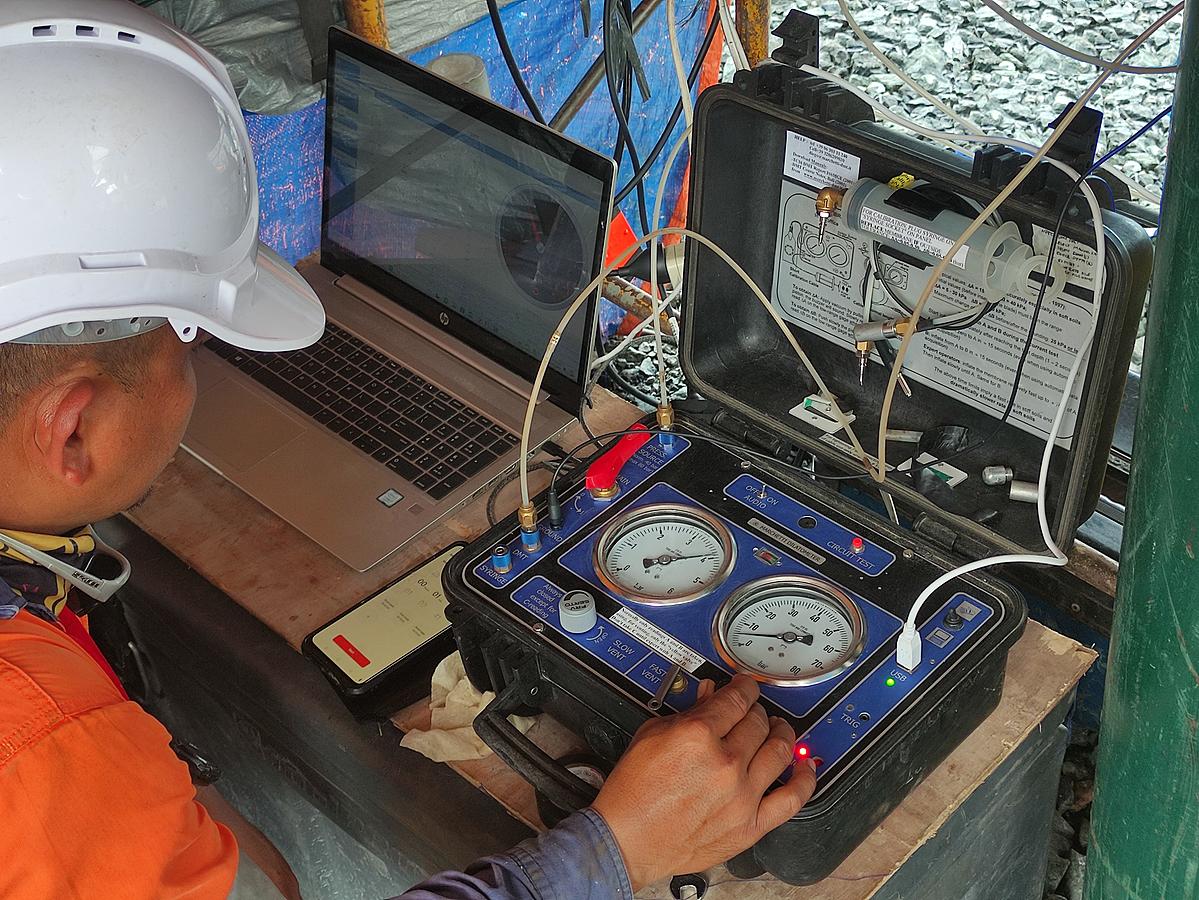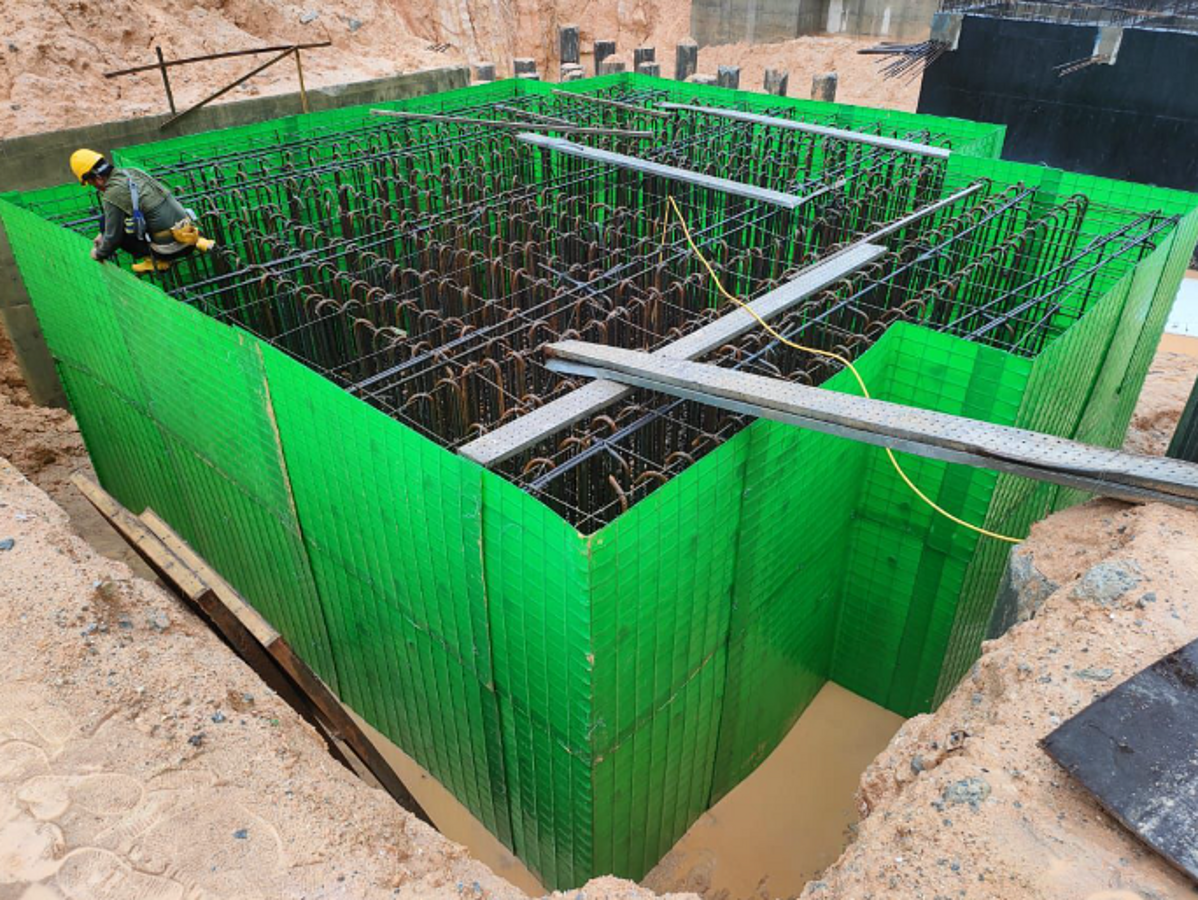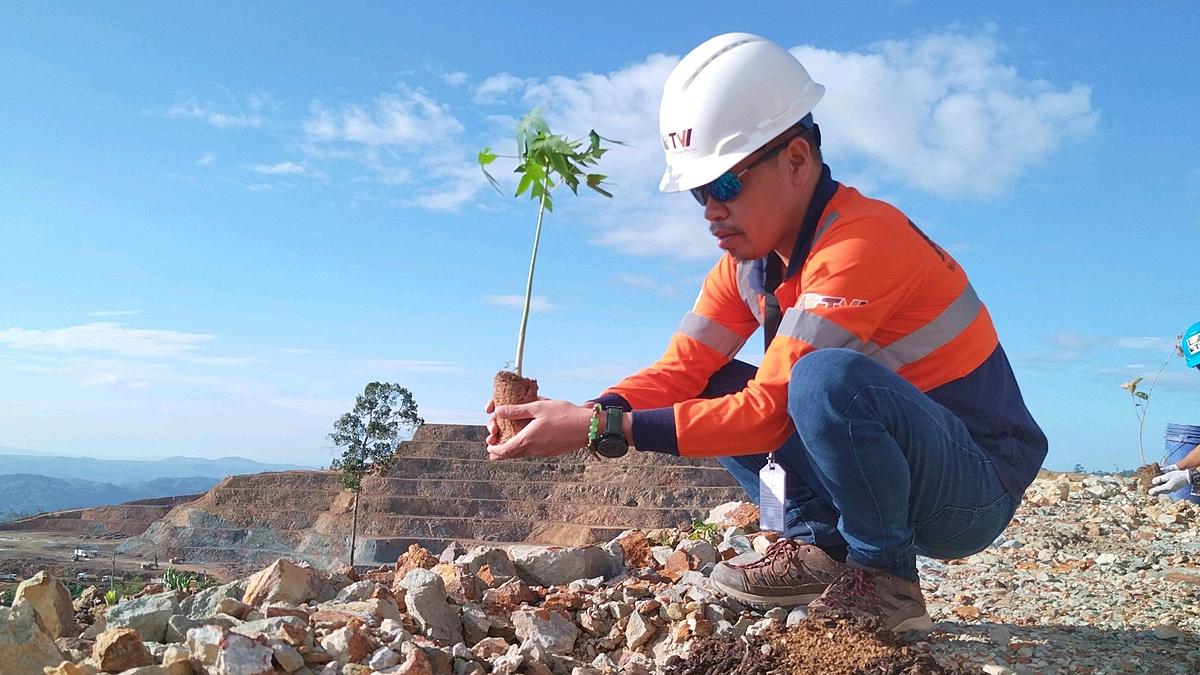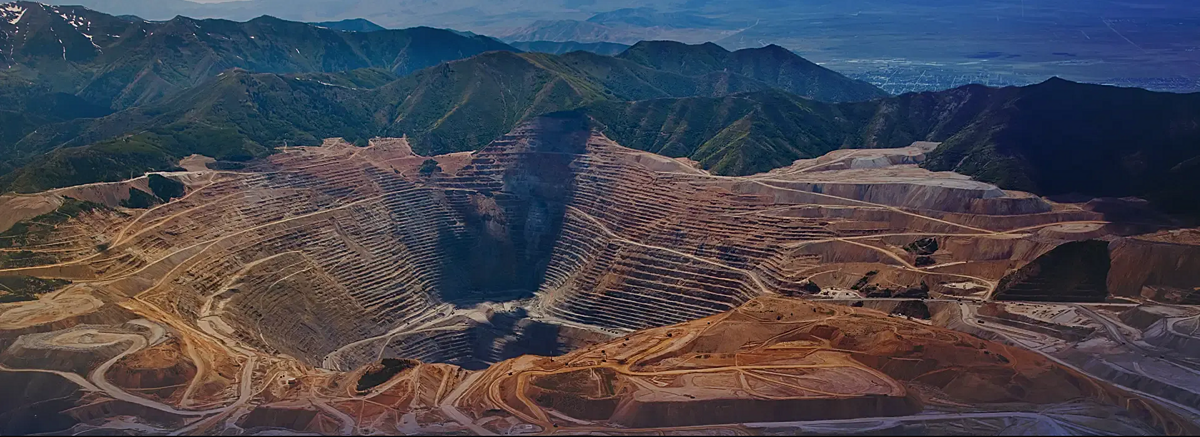Photo credit: RDCL
In-situ measures of seismic data is one of the key inputs in many infrastructure projects across Philippines.
Understanding a project site’s seismic response is key to designing and engineering above ground structures, without it, you are guessing and often overengineering.
There are many ways to gather seismic data, such as Vp and Vs (compressional and shear wave velocities). Surface techniques are commonly deployed as they require no drillholes. However, surface wave data can produce poor results if a site is “noisy” and are highly variable through different collection techniques and processing.
A more direct measure of Vs and Vp is from in-ground, with drill holes. The most utilized method is downhole seismic, which generates a seismic source at surface and receivers are placed in the drill hole to record. This method should have grouted and PVC boreholes, and the holes need to be vertical. Extra drilling time means extra costs.
A PS suspension logger allows for in-ground measures of Vs and Vp conducted from an open drillhole. This allows for rapid data collection immediately after a drillhole is completed. There is no requirement for grouted PVC holes. A PS logger can also work in marine environments allowing data from nearshore and offshore projects like wharfs and reclaimed land developments.
A PS Logger is a robust, reliable, and repeatable seismic tool, which allows data from drillholes, without grouted PVC holes and has a high degree of accuracy producing better results for client’s engineering projects.
Precision Data on Soil and Rock Physical Properties
The PS Logger probe measures P (compression) and S (shear) wave velocities in a single borehole without the need for external energy sources, making it simple and quick to deploy and therefore cost effective, especially when compared to alternative methods.
When combined with bulk density values (from a density log or from core sample tests) small strain moduli (Young’s, Shear and Bulk) can be calculated using simple formulae.
How the PS Logger Works
The PS Logger is a full waveform acoustic probe, designed to measure compressional and shear wave velocities in soils and rock formations. It operates using indirect excitation rather than mode conversion as in a conventional sonic. It can acquire high-resolution P and S wave data in borehole depths of up to 600m. It contains a unique design of powerful hammer source and two receivers, separated by acoustic damping tubes.
To acquire data, the probe is stopped at the required depth and the source is fired under surface command. Firing causes a solenoid-operated shuttle aligned across the borehole axis to strike plates on opposite sides of the probe in turn, setting up a pressure doublet in the surrounding fluid. The resultant fluid motion produces a tube wave at the borehole wall with velocity close to the shear velocity of the formation together with a compressional wave.
As the waves propagate parallel to the borehole axis, they set up corresponding fluid movements that are detected by the two-receiver combination (neutral-buoyancy 3D hydrophone for P waves and horizontally aligned geophone for S waves), allowing the wave velocities to be directly measured. The facility to stack multiple shots and filter the data as in normal seismic data acquisition is included in the operating software.

Key Benefits
The PS Logger works in a single fluid filled borehole, in contrast to cross-hole methods that usually require two or more specially prepared boreholes. The method works in open or grouted plastic cased boreholes and borehole muds generally do not need to be flushed prior to logging, without compromising borehole stability.
The PS Logger is largely unaffected by path affects, which can be problematic for cross-hole methods.
With an integral powerful source, energy delivery is constant throughout the extent of the borehole, independent of borehole depth, giving reliable velocity measurement in hard rock and the slowest of formations. The high vertical resolution (0.5m typical) allows for measurement of thin layers and is not affected by high velocity layers above low velocity layers.
As no external source is required, this makes the system ideal for working offshore on barges, jack-up platforms, and drill ships. As the probe is suspended in the borehole, no clamping to the borehole wall is required, allowing faster acquisition.
The PS logging can be conducted at the end of the drilling alongside any of the full range of conventional logging probes that Robertson Geo offers. The propagated waves are measured in the vertical plane providing the most useful information in anisotropic formations.
When combined with bulk density values, the PS Logger provides a continuous strength profile, especially important when hard layers are encountered and CPT methods "refuse.” The relatively high frequency of the source, when compared to other methods, means that good data can usually be obtained in very noisy environments.
On drill ships where engines, DP thrusters, generators and ancillary equipment contribute to the ambient noise, this is very important. The reversed polarity shear wave measurements provide unambiguous identification of shear wave arrivals.
Drilling Matters
Borehole conditions play a big part in data quality and that is where the drilling personnel should be involved. Rotary drilled boreholes always provide the best data (low rugosity).
The PS Logger can produce good data in boreholes from 65mm to 400mm with the optimum range being from 75mm to 200mm. Inclined boreholes can also be logged providing the tilt is no more than 30⁰ from vertical. Where borehole stability is an issue, the logging is often split into separate runs whereby the drill string is retrieved in stages.
To minimize possible loss of data, close liaison with the drillers, geologists and geotechnical personnel is required to confirm where the potentially unstable layers are (e.g. gravel beds). A shooting plan can then be made whereby the drill string can be withdrawn in stages to provide some open borehole while providing protection for the problematic zones.
Due to the PS Logger’s tolerance to borehole muds, there is little or no preparation required on the borehole. Polymer or Bentonite-based muds can be extremely viscous with the limiting factor being the buoyancy of the probe. Where the use of thick mud fails to provide sufficient borehole stability the borehole can be plastic lined and grouted.
Processing
Full waveforms are recorded digitally at acquisition time across 6 channels (P wave, S wave left & S wave right at the near and far receivers) at a predetermined sample rate as low as 2.5μsec. The sample rate is carefully selected to be as small as possible to provide the best resolution but high enough to capture the arrivals within the listening window. Low pass filters can be applied at acquisition time and digital filters can be applied during or post acquisition.
Using the acquisition software, the waveforms can be displayed, scaled, and filtered to allow for the picking of the first arrivals at each receiver. Automated picking is available but in most cases the arrivals are picked manually by experienced engineers.
While the P wave arrivals are generally simple to pick, the S waves with their typically slow onset and possible superposition over the decaying P waves benefit from an experienced eye to avoid "cycle skipping.” From the receiver separation (1 meter) and the arrival times the velocities are automatically calculated.
Once the arrival times and velocities have been determined, the data is opened in a second program (also supplied with all PS logger systems) that creates and manipulates logs of the data. If a bulk density profile by depth is available, it can be combined with velocities to give the small strain moduli, Young’s, Shear and Bulk and Poisson’s ratio. Finally, all data can be outputted in industry standard LAS format.
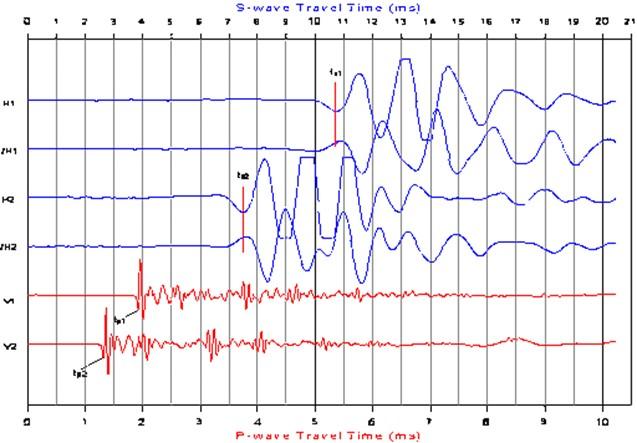
From unconsolidated soils to the hardest of rocks, the PS logger gives proven results
Simplicity of deployment combined with a minimum of borehole preparation and the ability to obtain high quality velocity data in unconsolidated formations and hard rocks make the PS Logger a sound economic choice for Geotechnical and Civil Engineers investigating rock strength.


